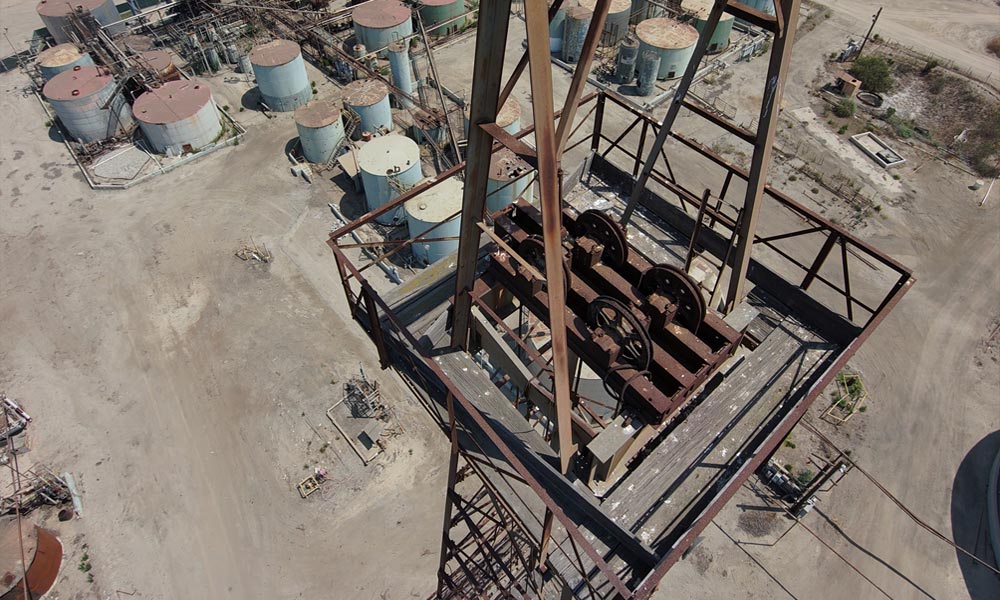n the realm of infrastructure maintenance, efficiency is paramount. Whether it’s bridges, roads, or buildings, regular inspections are essential to ensure safety, longevity, and functionality. However, traditional inspection methods often come with significant challenges – they can be time-consuming, costly, and sometimes hazardous. Drone technology is a revolutionary tool that is transforming the landscape of infrastructure inspections.
Drones, have emerged as a game-changer in various industries, and infrastructure inspections are no exception. By leveraging the capabilities of drones, organizations can streamline their inspection processes, improve data accuracy, and enhance overall efficiency.
How Drones can Streamline Infrastructure Inspections
- Accessibility and Reach
One of the most significant advantages of using drones for infrastructure inspections is their ability to access hard-to-reach areas. Traditional methods often require inspectors to navigate challenging terrain or use specialized equipment, which can be time-consuming and risky. With drones, inspectors can effortlessly reach remote or elevated locations, such as bridges, towers, or rooftops, without putting themselves in harm’s way. - Speed and Efficiency
Drone technology enables rapid data collection, significantly reducing the time required to complete inspections. Unlike manual inspections that may take days or even weeks to cover large areas, inspection drones can complete the task in a fraction of the time. Equipped with high-resolution cameras and advanced sensors, drones can capture detailed imagery and data swiftly and efficiently. - Cost-Effectiveness
Traditional inspection methods often involve significant costs associated with equipment, manpower, and logistics. By contrast, drones offer a cost-effective alternative that can help organizations save both time and money. With drones, fewer personnel are required to conduct inspections, and the need for specialized equipment is minimized. Additionally, drones can detect potential issues early on, preventing costly repairs or replacements down the line. - Enhanced Safety
Safety is a top priority in any inspection operation, especially when dealing with hazardous environments or structures. Drones provide a safer alternative to traditional methods by eliminating the need for inspectors to work at height or in potentially dangerous conditions. Drone inspections can be conducted remotely, reducing the risk of accidents and injuries. - Data Accuracy and Analysis
The data collected by drones during inspections is highly accurate and reliable. Advanced imaging technology allows drones to capture detailed imagery, including thermal imaging and 3D modeling, which can provide valuable insights into the condition of infrastructure assets. Moreover, the data collected can be analyzed using specialized software to identify defects, assess structural integrity, and prioritize maintenance activities. - Environmental Impact
Drones offer environmental benefits by reducing the carbon footprint associated with traditional inspection methods. Unlike vehicles or heavy machinery, drones operate on electric power, producing zero emissions during flight. By minimizing the use of fossil fuels and reducing the need for ground transportation, drones contribute to a more sustainable approach to infrastructure inspections.
Implementation and Adoption Challenges
While the benefits of drone technology in infrastructure inspections are clear, there are still challenges to overcome in terms of implementation and adoption. Regulatory requirements, privacy concerns, and technical limitations are some of the key factors that organizations need to consider when integrating drones into their inspection workflows. Additionally, specialized training and expertise may be required to operate drones safely and effectively.
Conclusion
Drone technology is revolutionizing the way infrastructure inspections are conducted. By providing accessibility, speed, cost-effectiveness, safety, data accuracy, and environmental benefits, drones offer a compelling solution to the challenges faced by traditional inspection methods. As technology continues to evolve and regulations become more favorable, we can expect to see widespread adoption of drones in infrastructure inspection operations. Embracing this transformative technology will not only improve efficiency and reliability but also contribute to the safety and sustainability of our critical infrastructure assets.
Contact Amped Aerial today for more details about our drone services.


